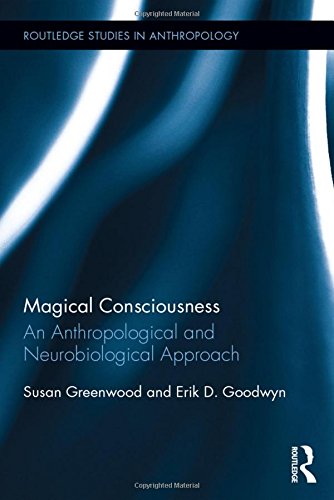

Most ebook files are in PDF format, so you can easily read them using various software such as Foxit Reader or directly on the Google Chrome browser.
Some ebook files are released by publishers in other formats such as .awz, .mobi, .epub, .fb2, etc. You may need to install specific software to read these formats on mobile/PC, such as Calibre.
Please read the tutorial at this link: https://ebookbell.com/faq
We offer FREE conversion to the popular formats you request; however, this may take some time. Therefore, right after payment, please email us, and we will try to provide the service as quickly as possible.
For some exceptional file formats or broken links (if any), please refrain from opening any disputes. Instead, email us first, and we will try to assist within a maximum of 6 hours.
EbookBell Team

4.3
58 reviewsHow does a mind think magically? The research documented in this book is one answer that allows the disciplines of anthropology and neurobiology to come together to reveal a largely hidden dynamic of magic. Magic gets to the very heart of some theoretical and methodological difficulties encountered in the social and natural sciences, especially to do with issues of rationality. This book examines magic head-on, not through its instrumental aspects but as an orientation of consciousness. Magical consciousness is affective, associative and synchronistic, shaped through individual experience within a particular environment. This work focuses on an in-depth case study using the anthropologist’s own experience gained through years of anthropological fieldwork with British practitioners of magic. As an ethnographic view, it is an intimate study of the way in which the cognitive architecture of a mind engages the emotions and imagination in a pattern of meanings related to childhood experiences, spiritual communications and the environment. Although the detail of the involvement in magical consciousness presented here is necessarily specific, the central tenets of modus operandi is common to magical thought in general, and can be applied to cross-cultural analyses to increase understanding of this ubiquitous human phenomenon.